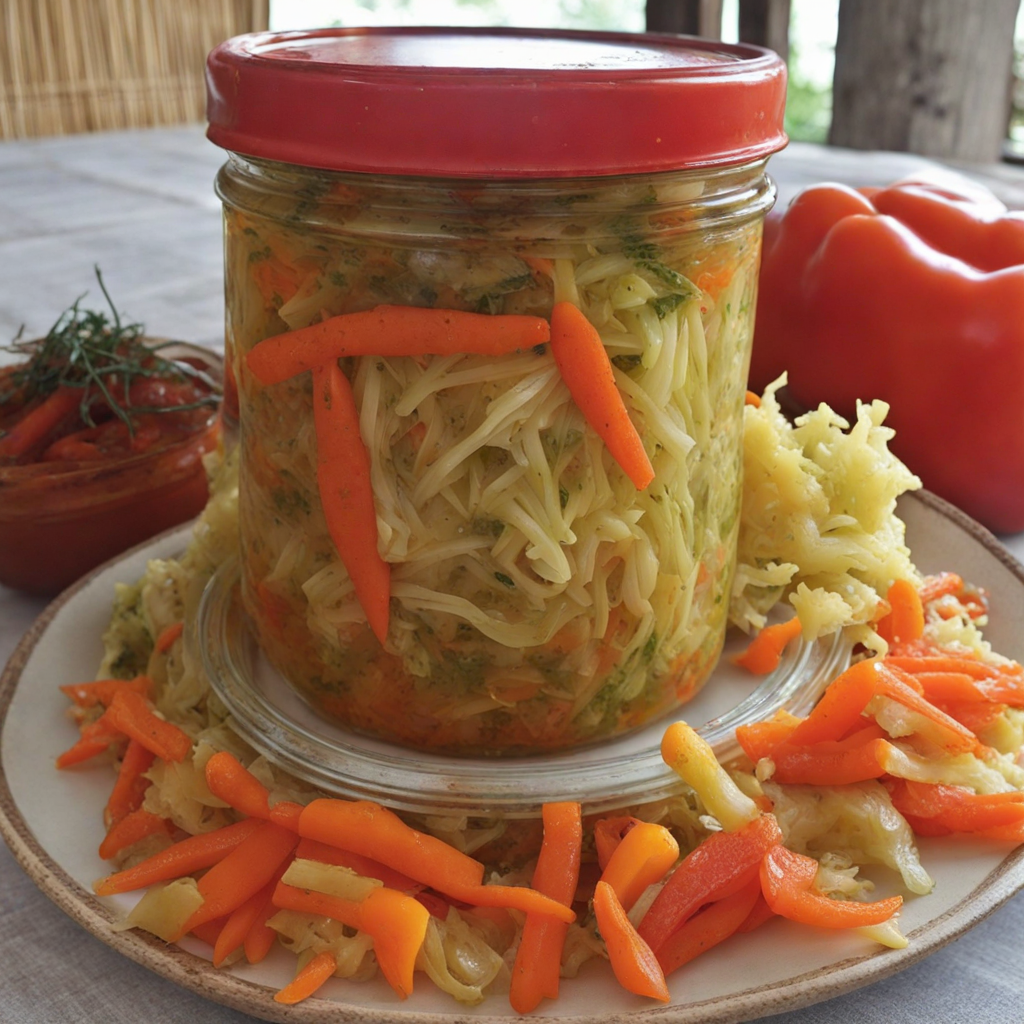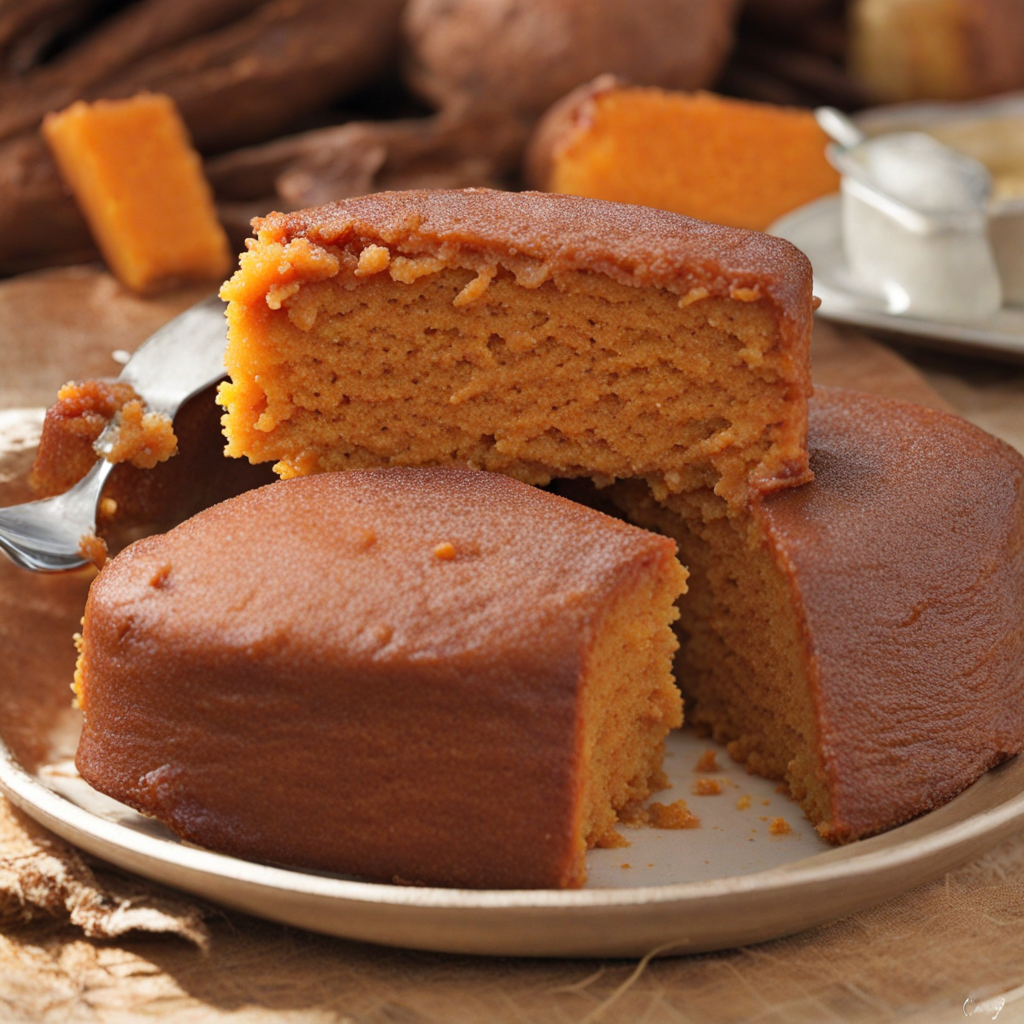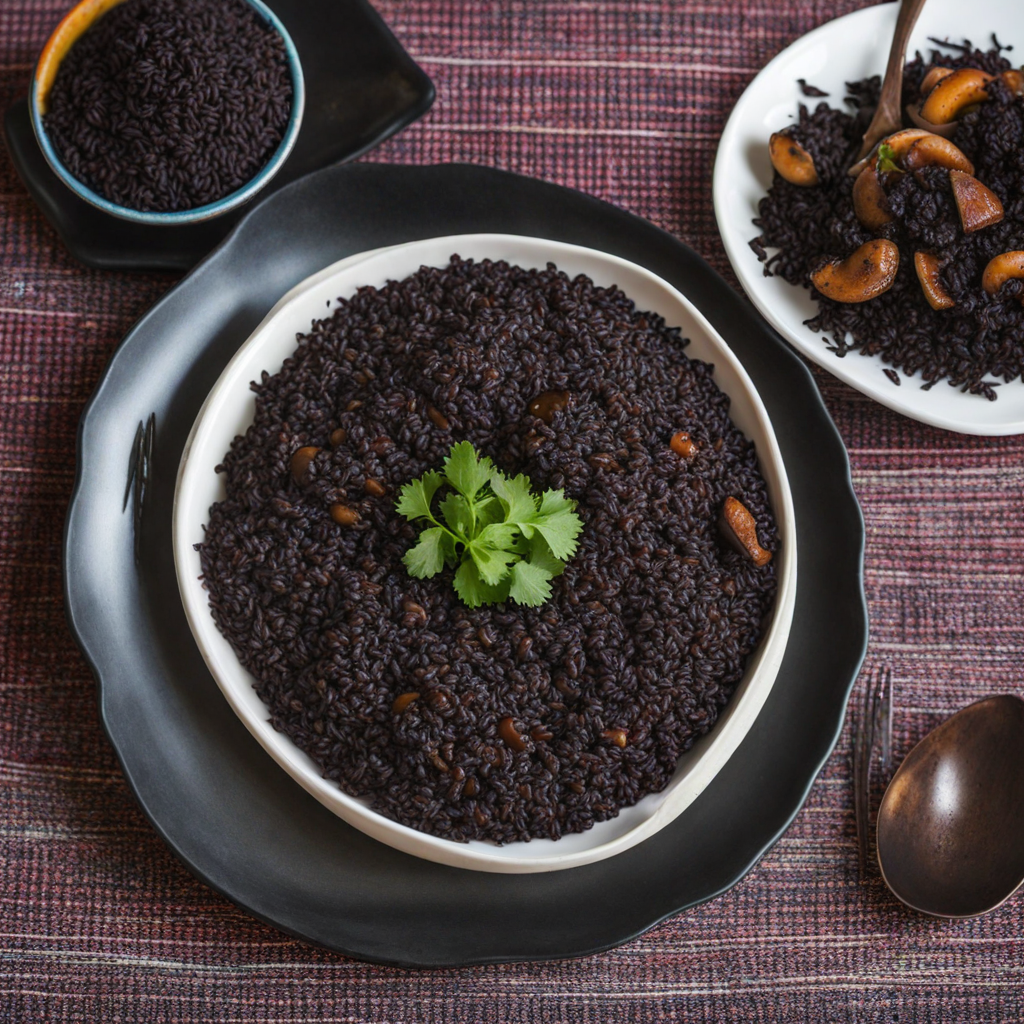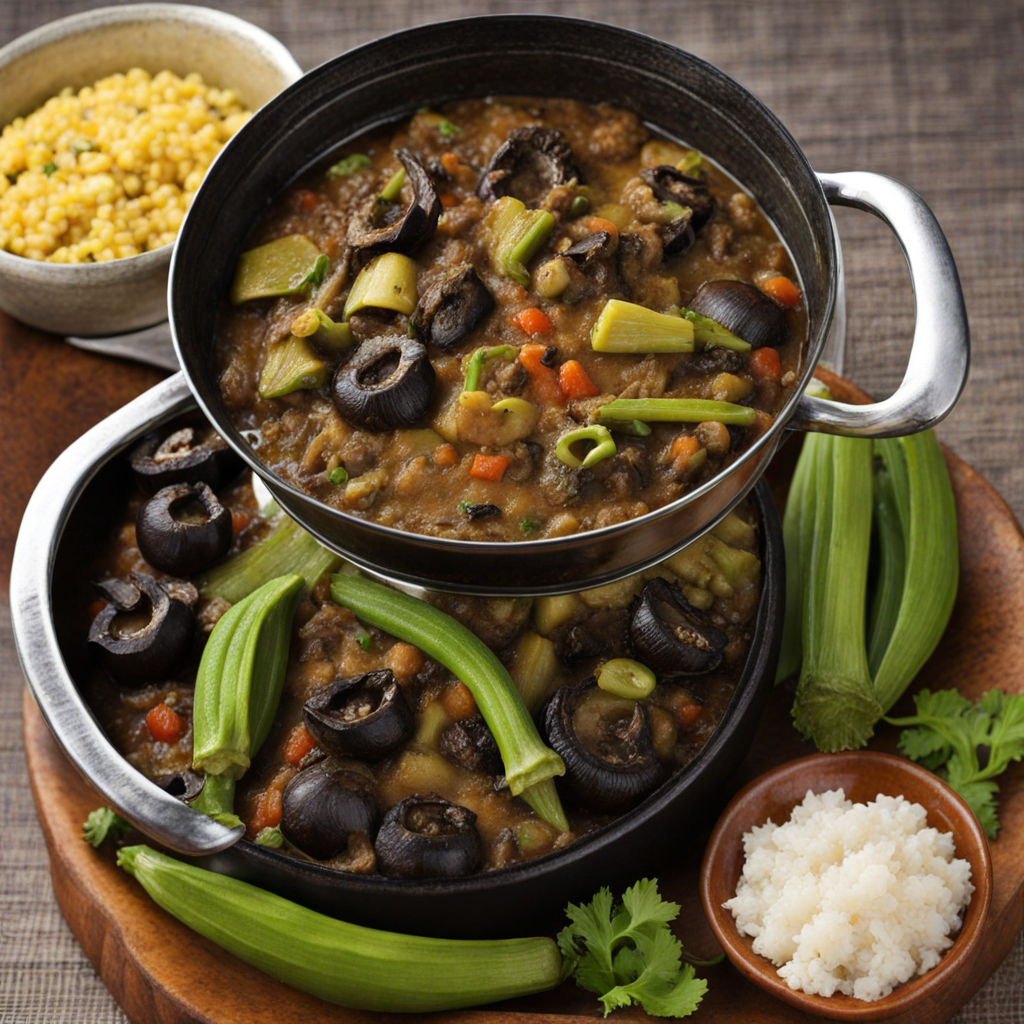Pikliz
Pikliz is a vibrant and zesty condiment that originates from Haiti, characterized by its crunchy texture and bold flavors. This pickled vegetable medley typically consists of finely shredded cabbage, carrots, and bell peppers, all marinated in a spicy vinegar brine. The use of Scotch bonnet peppers infuses the dish with a fiery heat, which is balanced by the tanginess of the vinegar and the natural sweetness of the vegetables. The result is a refreshing and piquant topping that adds a delightful kick to a variety of dishes, from grilled meats to rice and beans. The preparation of Pikliz is as much an art as it is a culinary tradition. The vegetables are often left to marinate for several days, allowing the flavors to meld and intensify. This fermentation process not only enhances the taste but also contributes to the dish's probiotic qualities, making it a healthful addition to any meal. Pikliz is typically served alongside Haitian staples like Griot (fried pork) or Joumou (pumpkin soup), where its crispness and acidity cut through the richness of the main dishes, elevating the overall dining experience. For those looking to explore new taste sensations, Pikliz is an exciting option that embodies the spirit of Haitian cuisine. Its lively flavor profile makes it incredibly versatile; it can be enjoyed as a side dish, a topping, or even as a zesty ingredient in sandwiches and salads. As you savor each bite, you'll discover how this simple yet flavorful condiment not only adds depth to a meal but also serves as a flavorful representation of Haiti's rich culinary heritage.
How It Became This Dish
The History of Pikliz: Haiti's Fiery Fermented Relish Origins and Early Development Pikliz is a vibrant and spicy condiment that is synonymous with Haitian cuisine. The origins of Pikliz can be traced back to the broader Caribbean culinary traditions that reflect the rich tapestry of historical influences, including Indigenous, African, and European elements. The dish's roots are deeply entrenched in the practices of preservation and fermentation, which were essential for survival in the tropical climate of Haiti. Fermentation as a preservation method has been utilized across many cultures, particularly in regions where refrigeration was not readily available. In Haiti, the combination of fresh vegetables—most notably cabbage, carrots, and peppers—along with vinegar creates a tangy and spicy relish that not only complements meals but also helps to extend the shelf life of these perishable items. The use of vinegar is particularly significant, as it was a common ingredient brought to the region by European colonizers, adapted by local populations to suit their tastes and preservation needs. Cultural Significance Pikliz is more than just a condiment; it is a symbol of Haitian identity and resilience. The importance of Pikliz can be seen in its regular presence on dining tables across Haiti, where it is often served as a side dish with rice and beans, meat stews, and fried fish. Its spicy and tangy profile enhances the flavors of the main dishes while also providing a refreshing contrast. The preparation of Pikliz itself is a communal activity, often involving family members coming together to chop vegetables and mix ingredients. This process fosters a sense of community and shared heritage, as recipes are passed down through generations, with each family adding their unique twist to the traditional method. The use of local produce not only supports agricultural practices but also highlights the connection between the people of Haiti and their land. Pikliz also carries significant cultural weight during festivities and gatherings. It is often served during celebrations, holidays, and social events, reinforcing its role as a staple of Haitian hospitality. The vibrant colors and bold flavors of Pikliz evoke a sense of joy and festivity, making it a beloved accompaniment to many traditional dishes. The Evolution of Pikliz Over time, Pikliz has seen variations and adaptations, influenced by both the diaspora and globalization. In the early 20th century, as Haitian communities began to migrate to other countries, particularly the United States, they carried their culinary traditions with them. Pikliz, with its simple ingredients and straightforward preparation, became a beloved staple in Haitian-American households. As Haitian cuisine gained popularity in the broader culinary landscape, Pikliz began to attract attention beyond the Haitian community. Chefs and food enthusiasts started to recognize its versatility, incorporating it into various dishes and showcasing it in fusion cuisine. Pikliz found its way into food trucks, restaurants, and pop-up events, becoming a trendy topping for tacos, sandwiches, and even sushi. The rise of social media has further propelled Pikliz into the global spotlight. Food bloggers and influencers share their experiences with Haitian cuisine, highlighting Pikliz as a must-try condiment. Videos showcasing the preparation of Pikliz, along with its vibrant presentation, have contributed to a growing appreciation for this traditional Haitian dish. This exposure has not only elevated Pikliz's status but has also sparked interest in exploring other aspects of Haitian culinary heritage. The Ingredients and Preparation of Pikliz At its core, Pikliz is made from a few simple ingredients: finely shredded cabbage, julienned carrots, and assorted hot peppers, usually Scotch bonnet or habanero for that signature heat. The vegetables are typically packed into a jar and submerged in a mixture of vinegar and spices, which may include garlic, thyme, and black pepper. The acid from the vinegar not only preserves the vegetables but also helps to develop a complex flavor profile over time. Making Pikliz is a straightforward process, yet it embodies the essence of Haitian cooking—simple ingredients transformed into something extraordinary through technique and tradition. The relish is often left to ferment for days or even weeks, allowing the flavors to meld and intensify. The result is a crunchy, zesty, and fiery accompaniment that can elevate any dish. Modern-Day Pikliz and Global Influence Today, Pikliz is recognized not just as a Haitian condiment but as a global culinary phenomenon. As the world becomes increasingly interconnected, the sharing of food cultures has fostered a greater appreciation for traditional dishes like Pikliz. This has led to a resurgence of interest in Haitian cuisine, with chefs experimenting with Pikliz in innovative ways, using it as a garnish or ingredient in unexpected dishes. Moreover, the rising trend of fermented foods has positioned Pikliz favorably within the health-conscious food movement. The benefits of consuming fermented foods, including probiotics and enhanced digestibility, have garnered attention, making Pikliz not only a flavorful addition to meals but also a healthful one. The diaspora continues to play a crucial role in the evolution of Pikliz, as Haitian communities across the globe keep the tradition alive while also adapting it to their new environments. Local ingredients and culinary influences are incorporated into Pikliz recipes, resulting in a diverse array of interpretations that honor the original while embracing new flavors. Conclusion Pikliz is a testament to the resilience and adaptability of Haitian culture. From its humble origins as a method of preservation to its status as a beloved condiment, Pikliz encapsulates the spirit of Haiti: vibrant, flavorful, and deeply rooted in community and tradition. As it continues to evolve and adapt in the face of globalization, Pikliz remains a cherished symbol of Haitian heritage, inviting people from all walks of life to experience the warmth and hospitality of Haitian cuisine. Whether enjoyed at a family gathering, a street food stall, or a fine dining establishment, Pikliz carries with it the stories and flavors of a rich and dynamic culture, making it an enduring emblem of Haiti's culinary landscape.
You may like
Discover local flavors from Haiti







